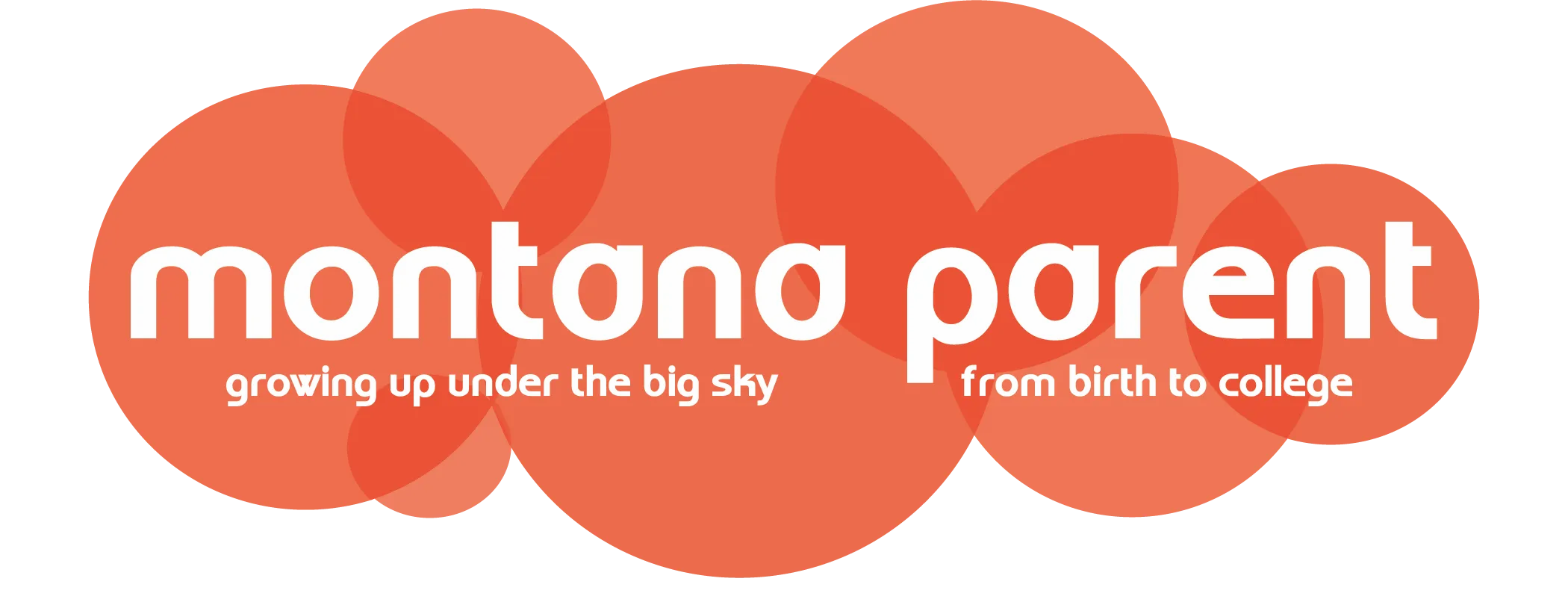Rich Food, Poor Food - Book Review by Adrienne Schroeder
April 12, 2013
Posted By: Shaunescy
I love reading books about nutrition. The food/health connection is fascinating to me. This book has a lot of great information. While our bodies need macronutrients like fats, carbohydrates and proteins in large amounts, Rich Food Poor Food focuses on micronutrients, the vitamins and minerals that our bodies need in much smaller amounts. However, they are no less vital to our health.
The overall message of this book is great. It advocates whole foods over processed foods, organic over non-organic, the humane treatment of animals, and wild caught fish over farmed fish.
There are in depth explanations about why various foods are rich in micronutrients and
why they are so important to our health. It’s an interesting, albeit slightly terrifying book to read. Interesting because it reminds you that you do have some control over your health.
Choosing the right foods at the grocery store truly does benefit your body and mind and
choosing the wrong foods can be detrimental.
The terrifying part is that it really breaks down additives, chemical fillers and genetically
modified foods and fills you in on the secret that many of those no-no’s are masquerading under different names on the ingredients listand, likely, you are giving them to yourself and your children without even realizing it.
I was shocked by that little tid-bit because I’m slightly obsessed with food and with reading labels and I thought I was pretty well-versed on what to buy and what to leave on the shelf at the store.
But apparently the soymilk and hemp milk I’ve been giving to two of my kids have some of those questionable ingredients. They even bring up some concerns about rice! UGH!
There was one section that was a little tough for me to read…the part when they extol the benefits of eating organ meat. BLAH! I actually got a little nauseous reading about it and I don’t think it’s because I’m a vegetarian. I don’t know anyone who actually eats organ meat.
But even as the sole cook for my vegetarian family, I found a ton of very useful information about produce and grains. So it really is a book for everyone. Even organ meat eaters. No judgment, it’s just not for me.
The book has a slightly different take on presenting the information, with it’s own hip lingo. For example it refers to EMD’s (Everyday Micronutrient Depleters) and your grocery shopping GPS (Grocery Purchasing System.)
They refer to different sections of the book as “aisles”. A little gimmicky for me but some may like the change of pace. It definitely seemed lesslike a textbook and more like a fun magazine article than other books I’ve read on nutrition, which could be appealing… I just thought it didn’t need it.
There were some helpful charts such as which produce is most important to buy organic and which is not. (They list the Fab 14, which are 14 foods that generally have the least amount of pesticide residue. With those you are “safe” to buy the conventional version.
Then there’s the Terrible 20, foods that are best to prioritize buying organic.) That would be great to post on your refrigerator or keep a copy in your purse to have with you at the grocery store.
In the appendix there is a great resource for specific brands of food that are “safe” even if they aren’t labeled organic. (By safe I mean they never use genetically modified organisms, GMO’s.) Brands like Amy’s frozen foods and Annie’s mac-and-cheese. Thank goodness! I don’t know what I would do if I found out my go-to convenient, kid favorites should be off limits!
Because, let’s face it, no matter how much you wish your kids would eat big salads or plates roasted vegetables, I don’t think any of us are going to get through raising a family without some frozen pizzas and mac-and cheese on hand. I just try to use them occasionally
and buy the brands that are organic and this book helps you figure it all out.
The descriptions of the conventional and organic brands and why you should or shouldn’t buy certain ones is incredibly helpful. They even include photos of many of the brands they discuss, which is nice for me because I like to have a visual of what I’m looking for (or trying to avoid) at the grocery store.
The bottom line is that there is so much important information in this book, I would consider it a must have on your bookshelf, even if you don’t agree with everything in it. (I’m talking about the organ meat.)
I would consider it totally worth the money. Check it out!
------------------------
Today's guest blog is from Adrienne Schroeder who writes theveggiehouse.blogspot.com . Adrienne is a mother of three (vegetarian) children who loves to create simple, healthy meals for her family. She is also a local photographer whose work has been published in Montana Parent, Mothering and Parenting magazines and can be seen at www. adrienneschroederphotography. com.














